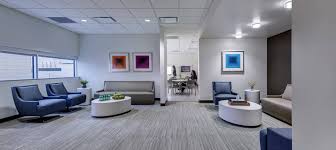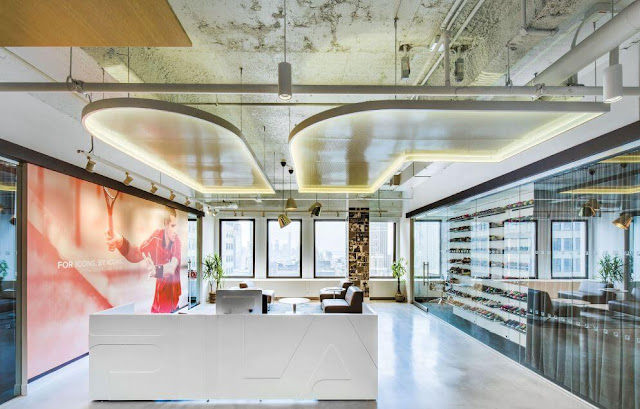Healthcare interior design
Healthcare interior design is a specialized field that focuses on creating functional and comfortable spaces within healthcare facilities. These spaces include patient rooms, waiting areas, exam rooms, and other areas that are critical to the overall patient experience. The goal of healthcare interior design is to create a positive and healing environment that promotes well-being and recovery.
One of the key elements of healthcare interior design is functionality. Patient rooms, for example, must be designed with the needs of the patient in mind. This includes easy access to medical equipment and technology, as well as ample space for family members to visit and provide support. Exam rooms must be designed with the necessary medical equipment and technology in mind, as well as a layout that promotes privacy and comfort for the patient.
Waiting areas are another critical aspect of healthcare interior design. These spaces must be designed with the comfort of patients and their families in mind, as well as with the goal of reducing anxiety and stress. This can be achieved through the use of comfortable seating, natural lighting, and calming colors and textures.
Another important aspect of healthcare interior design is the use of color and lighting. Color can have a powerful impact on the overall mood and atmosphere of a space, and it can be used to promote healing and well-being. For example, the use of cool, calming colors such as blue and green can help to create a soothing and relaxing environment. Lighting can also play a critical role in healthcare interior design. The use of natural light can help to promote a sense of well-being and reduce stress, while the use of artificial lighting can be used to create a warm and inviting atmosphere.
The use of natural materials is another key aspect of healthcare interior design. Natural materials such as wood, stone, and plants can help to create a sense of warmth and comfort. These materials can also help to promote healing and well-being by connecting patients and their families to nature.
Finally, healthcare interior design must also take into account the needs of the healthcare staff. This includes the design of staff areas such as break rooms, as well as the layout and functionality of the healthcare facility as a whole. The goal is to create a space that is functional and comfortable for the staff, as well as one that promotes collaboration and teamwork.
In conclusion, healthcare interior design is a critical aspect of creating functional, comfortable, and healing spaces within healthcare facilities. By taking into account the needs of patients, their families, and the healthcare staff, healthcare interior designers can create spaces that promote well-being and recovery. Through the use of functionality, color and lighting, natural materials, and careful consideration of the overall layout and functionality of the healthcare facility, healthcare interior designers can create spaces that truly make a difference in the lives of patients and their families.


%20(1).jpg)
Comments
Post a Comment